Photographer Tom Brannigan Approaches Beauty Like a Still Life
This UK-based photographer shares his journey into professional photography, tricks of the trade, and the responsibility that comes with creating commercial fantasies. |

UK-based photographer Tom Brannigan has a penchant for loud music, good coffee, and sans-serif fonts. He approaches his practice with a classically modern knack for composition and a punk-rock sense of playfulness. With influences ranging from Rothko and Yves Klein to skateboarding and graffiti, his photography possesses a unique dynamism that confidently sidesteps the common conventions of product and beauty photography. Precarious shapes provide dramatic tension and still objects come to life in concert with their surroundings.
Brannigan’s professional journey took him from amateur artist to studio assistant to full-time photographer, and he now works with an extensive rolodex of clients from Gucci to Vogue. As an unpretentious and humorously self-deprecating father of two (soon to be three), he recently completed a master’s degree and is looking forward to a variety of extra-curricular projects involving his newfound love of typography and screenprinting. Ahead, Brannigan shares his journey into professional photography, tricks of the trade, and the responsibility that comes with fabricating commercial fantasies.

Tom Brannigan
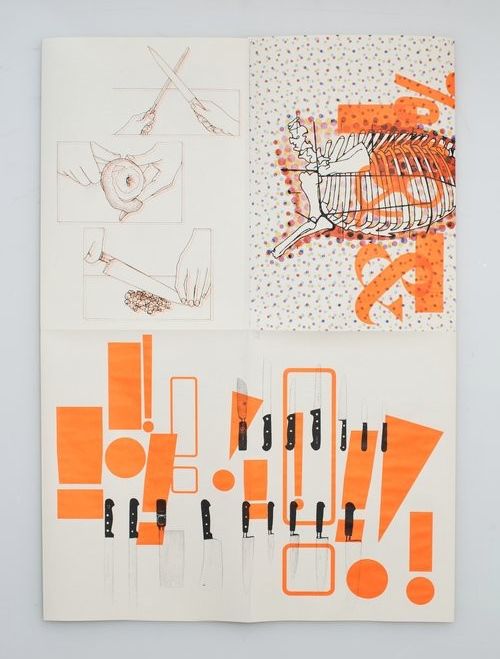
Tom Brannigan
How is 2024 treating you so far?
“It’s very cold here, but I’m back in my studio space after a retouching deadline. My wife and I are about to have our third baby in the next couple of weeks. I’m thinking a lot creatively, but also, my nesting instincts are kicking in.”
As a photographer, are you planning some kind of Anne Geddes-style photo shoot with the baby?
“I was actually just having that conversation with my wife. I asked her if it was cool to bring a camera to the hospital—you know, some lights, maybe an assistant and digital tech, and a bit of set dressing. It’s our third baby, so you’ve got to have a bit of fun.”
I like to ask artists this question–do you remember the first piece of art that you made? Or rather, the first thing you made that you considered to be art?
“That’s a very heavy question. I can think of the first piece of work that I considered a ‘photographic’ piece—planning and thought went into it. I started photography when I got my first camera at maybe 15 or 16. I remember taking some pictures on a holiday in France, and there’s a shot overlooking a patio of chairs and tables. For a 15-year-old, it’s quite modernist—just a composition of circles and lines. It’s really great, but I don’t know where it is. It’s a certain type of photography, which I guess I still do: still life and constructed images.
“In about 2013, I was interested in how you show ideas visually, and I made a piece of work with 52 images in a grid. Each image represents a week in 2012 with four glasses of milk, and each glass represents a stock exchange at the FTSE, Dow Jones, NIKKEI, and the DAX. The milk level would change relative to what the stock market had done that week. It created a kind of infographic of what was supposed to be a turbulent economic time.”
That’s very clever. Why did you choose milk?
“Milk has a symbolism to it—religious connotations with purity and also a ubiquitous commodity. It’s earthy and parental. It felt like a good signifier for what I was trying to represent.”
How old were you when you did that project?
“I was about 27 or 28, and I’d been thinking about it for a long time. I’m quite a late bloomer.”
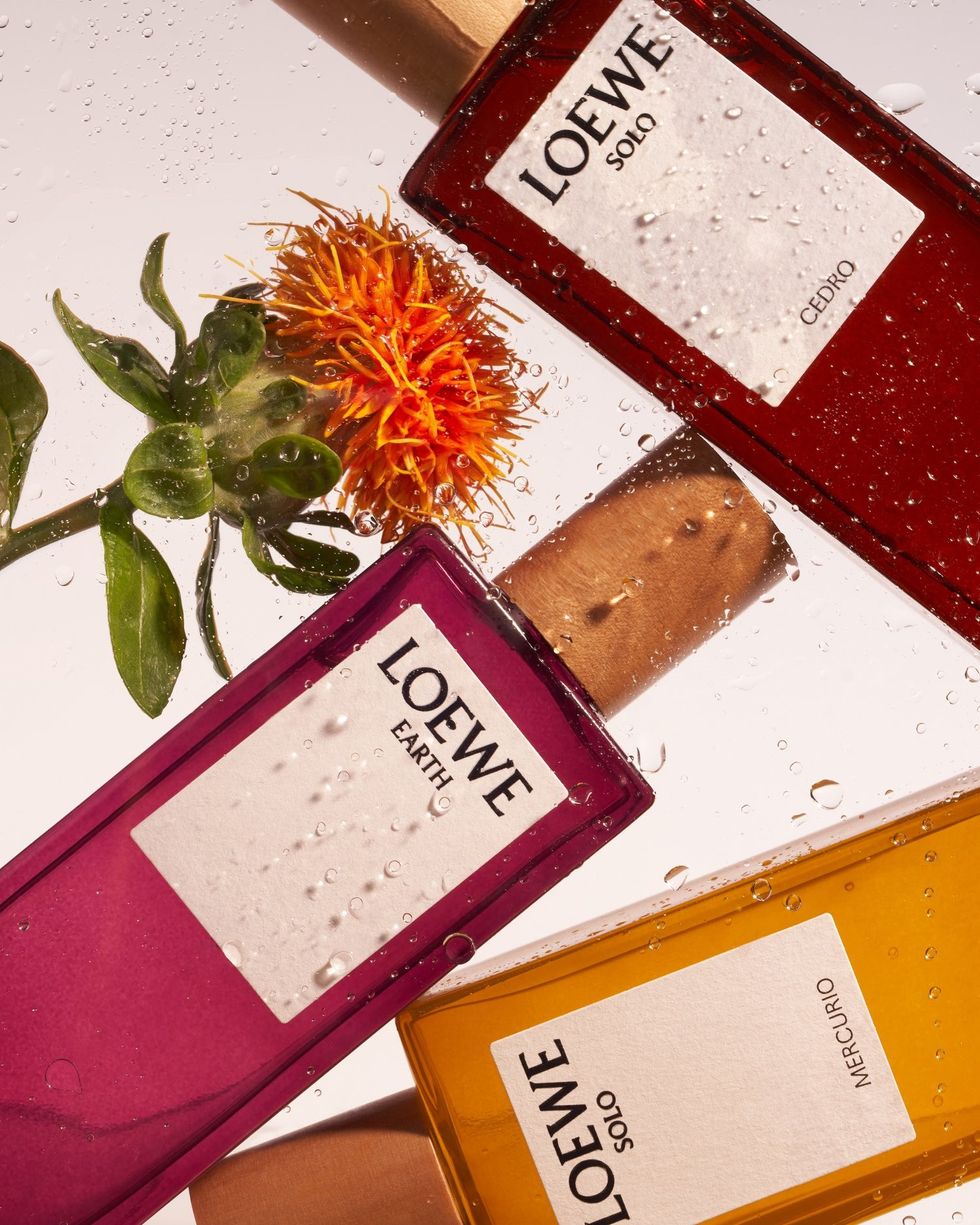
Tom Brannigan/ Trunk Archive
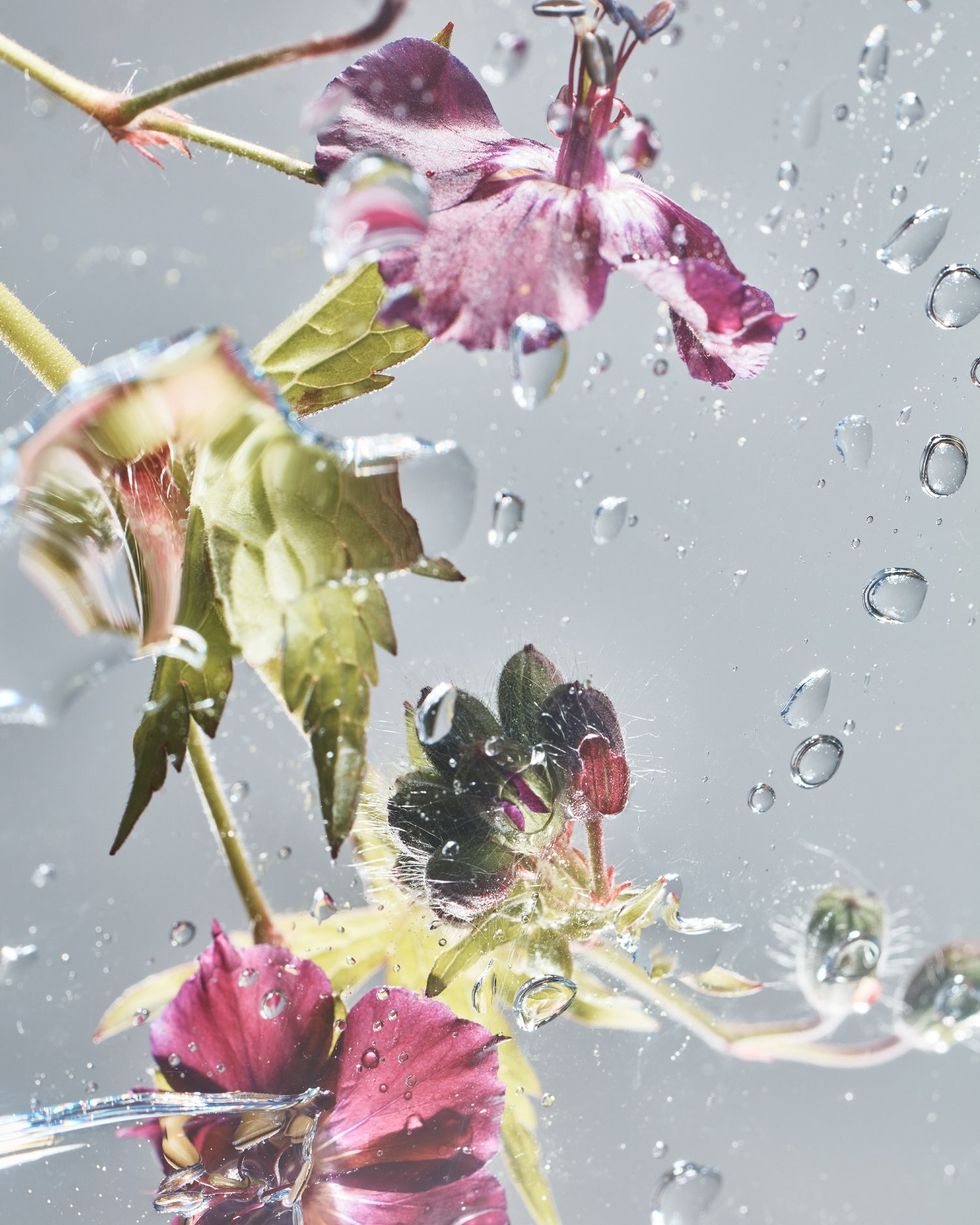
Tom Brannigan/ Trunk Archive
What artists were formative to your current style?
“I was very influenced by the modernist era of paintings, around the 1920s—[Yves] Klein, [Wassily] Kandinsky, and to a lesser extent Picasso, all very problematic characters now. I remember when I was a student, I lived in Slovakia for six months, and I used to go to Vienna a lot. I went to the modern art museum and spent a lot of time on the floor with all the futurist and modernist works, I was really blown away. I remember there was a Rothko retrospective at the Tate when I first moved to London, and I was really moved by the series of big red paintings. It doesn’t tell you anything, but it tells you everything. In terms of photography, there are so many influences, but classic photographers like [Irving] Penn or Guy Bourdin were a big influence in terms of creativity.”
Was there a turning point where you realized you wanted to do photography professionally?
“My first job in London was as an assistant at Big Sky Studios. I remember seeing David Sims shoot in the big studio on one of my first weeks. It was quite different from my work, but I just remember the way he controlled the space and the way his environment felt. Everyone was concentrated and hyper-focused. I remember thinking, ‘This is where I want to be.’”
“I always wanted to make a living from photography. I just wasn’t sure how I was going to do it. When I was first assistant to a producer, it was stretching me intellectually and paying okay, so I figured maybe I would just make my personal art on the side but wouldn’t do it commercially. I knew becoming a professional photographer would be an uphill battle. But when my first child was born—she’s eight now—I remember thinking, ‘I need to pull this thing around and be a photographer because I don’t want to be someone else’s bitch for the rest of my life.’ Just because something is hard, doesn’t mean you should give up.
“That’s when I started doing still-life photography because it was much less dependent on other people, and I felt like it suited my personality. It was quite creative, but you could be quite iterative about how you develop an image.”
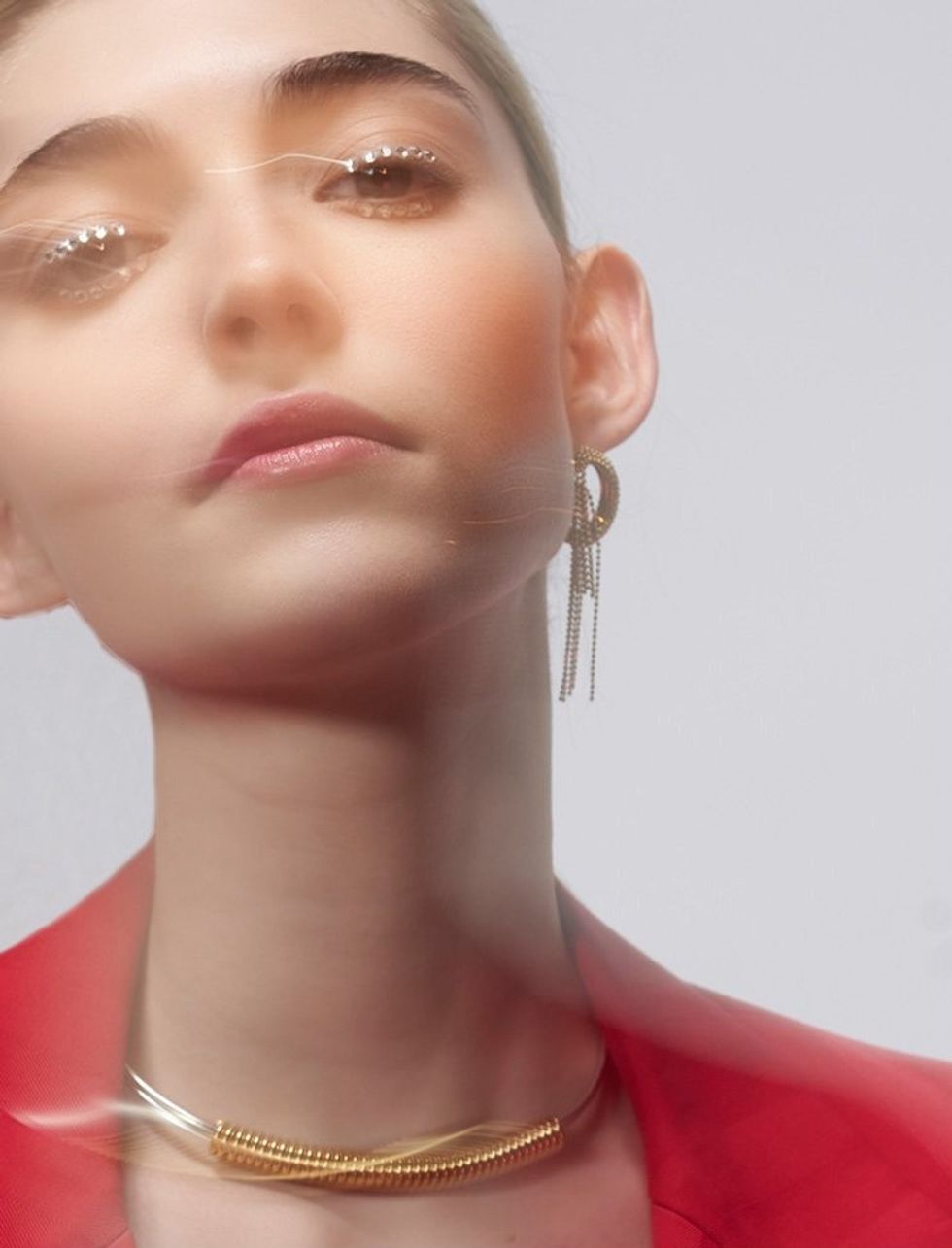
Tom Brannigan/ Trunk Archive

Tom Brannigan/ Trunk Archive
How does still life complement your personality?
“I’m not your typical still-life photographer in terms of being really OCD necessarily, but there is a very graphic element to the images, and I’m quite picky and sensitive to space around me. It’s a different challenge than with fashion or beauty because you are building the image. You can start playing around with something and end the day without a resolved outcome, and when you go back tomorrow, it gives you a chance to keep experimenting. That’s the nice thing about photography: pressing pause, you get a chance to really look at everything. It all goes by so fast otherwise.”
Your photographs are so dynamic, how do you breathe life into still objects?
“There’s no formula to it, I guess you just play. Play with filling the frame, composition, and detailed crops. Almost like setting a dinner table at a restaurant, you move things around until it feels right.”
Are there any tricks of the trade that you use?
“Lots of clear gummy tack, mirrors, fishing wire, and spraying stuff with gloss. I try not to be too technical with my still life. When something is beautifully lit, precise, and in focus, it feels so static and rigid that it becomes uninteresting even though it’s executed beautifully. At that point, it feels like something you could have made on a computer. When it has that bit of warmth or motion or blur that can only come from the magic of a camera, it feels more organic.”

Tom Brannigan/ Trunk Archive

Tom Brannigan/ Trunk Archive
How have you taken what you learned from still life and applied it to fashion and portraiture?
“It’s so easy when you start photographing models to start making pictures that you’ve already seen before. I had to strip away a lot of the sense memory and data and say, ‘I’m just going to try and make the beauty look like the still life.’ Filling the frame, the color, the minimalism, the graphic-ness—I try to bring those techniques into my model-based work. And conversely, the organic-ness and shapes feed their way back into the still life. I really enjoy the dialogue between the two.
“When I stopped being able to do model-based work during the pandemic, it gave me a bit of a pause in terms of what I wanted to do with beauty. I think attitudes have changed, and responsibility is quite huge when you are someone who makes images. Being a bit older and having two daughters, I’ve seen the way my wife and the people around me engage with the beauty and fashion world—there is a responsibility in that imagery. You need to think of the impact of the fantasies you’re selling. Even when they are just projections, they can cause damage. I don’t want my pictures to do that, if that doesn’t sound too arrogant.”
What are you looking forward to artistically?
“I actually just finished my master’s studies this year in communication design, and I really fell in love with typography and screenprinting in the last two years. I am also really interested in food imagery and the visual connection (or disconnection) between how it is produced and what we eat. I’m really interested in this idea of meals, visual meals, and how you might communicate over a meal—using photographs instead of food to create that communication.”
Are you more of a serif or a sans-serif kind of guy?
“Always sans serif. The bigger and blocker, the better.”
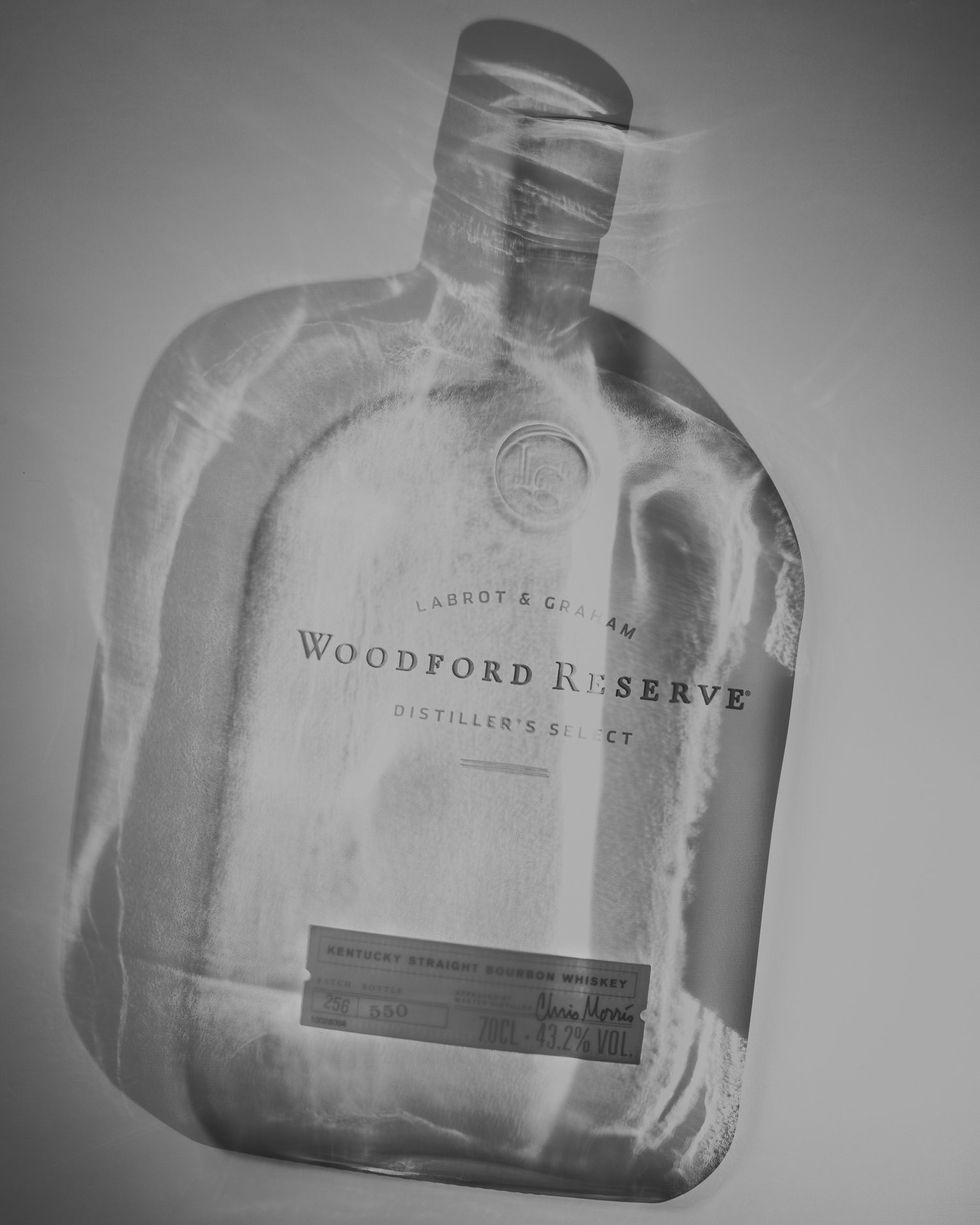
Tom Brannigan/ Trunk Archive
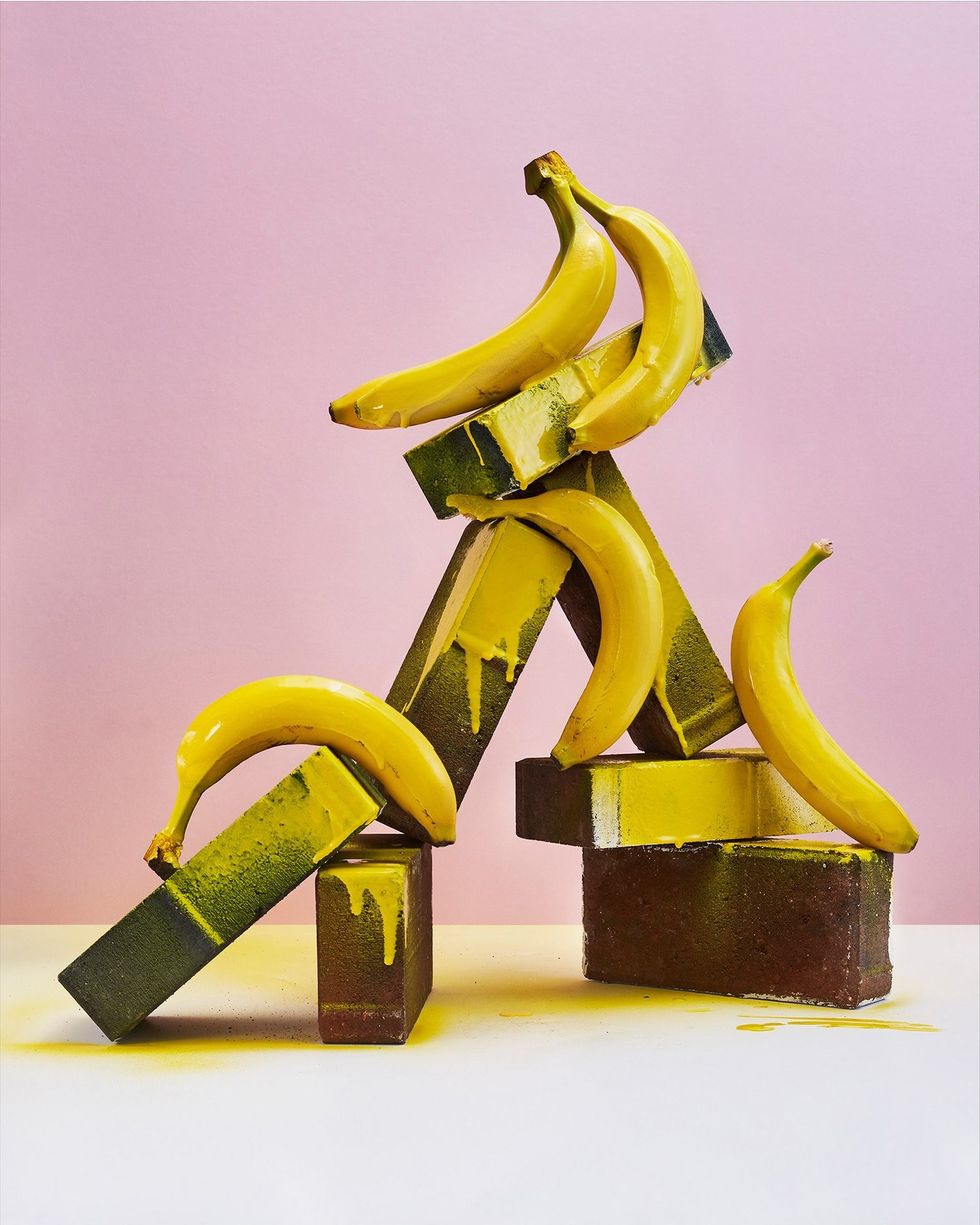
Tom Brannigan/ Trunk Archive
Have you ever made a self-portrait? And if you made a still life that was a self-portrait, what would be in it?
“I don’t think about my image at all. I don’t feel it represents me, it’s just a vessel for ideas. I had to make a self-portrait once when I was with my old agent. In the photo was a lens from a large format camera on a ball, and then there’s a really bendy wire—the wire represented my back since my back is kind of screwed up. That was me hunched over a camera with a bad back. That was self-portraiture. You could be really pretentious and say, ‘all photography is self-portraiture, right?’”
Our theme for January is ‘simple pleasures,’ what are your favorite small indulgences?
“Making a really good cup of coffee–really good coffee. And turning my music up really, really, really, really loud. If you’re not feeling it in your feet, then it’s not quite right. That makes me happy.”
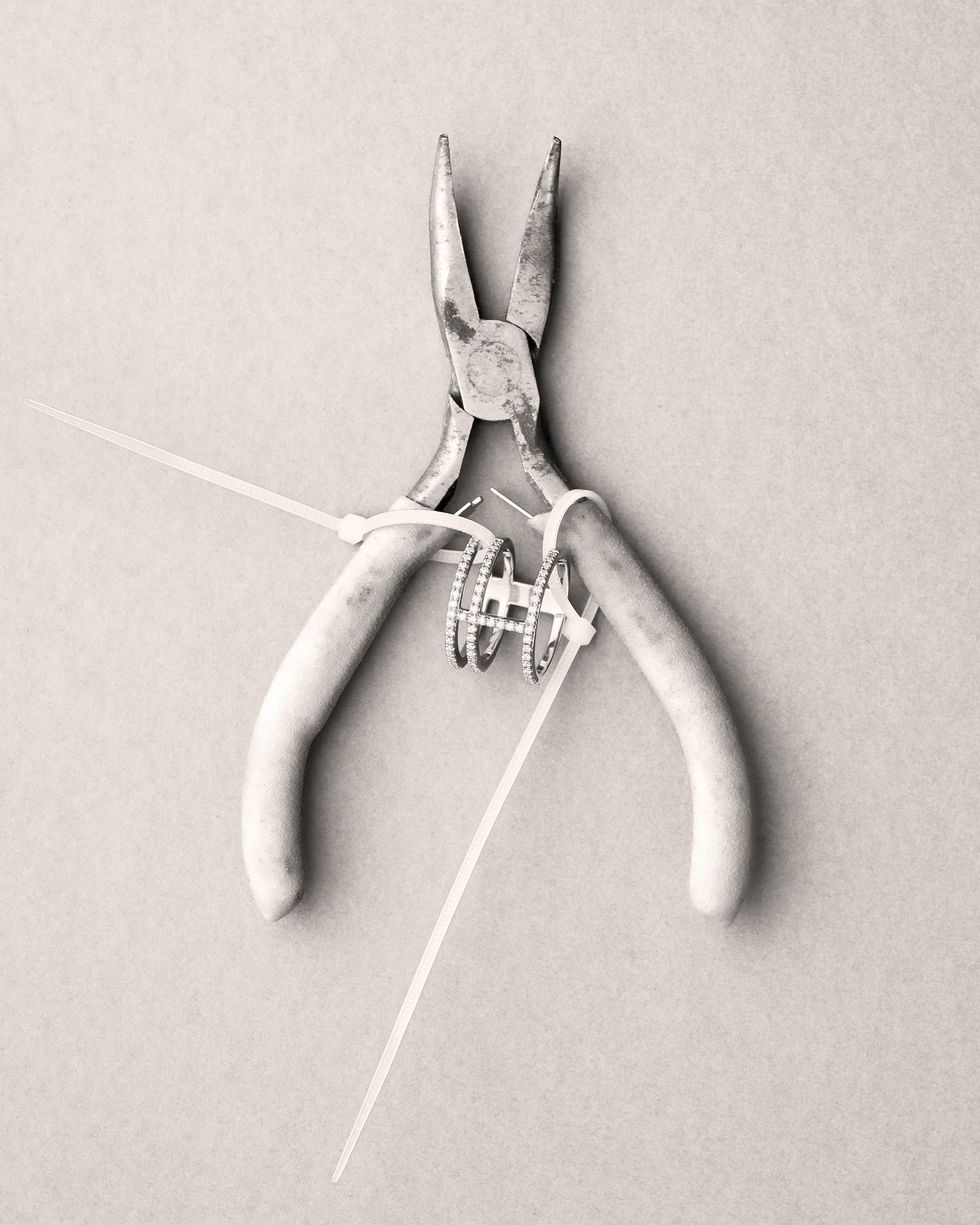
Tom Brannigan/ Trunk Archive
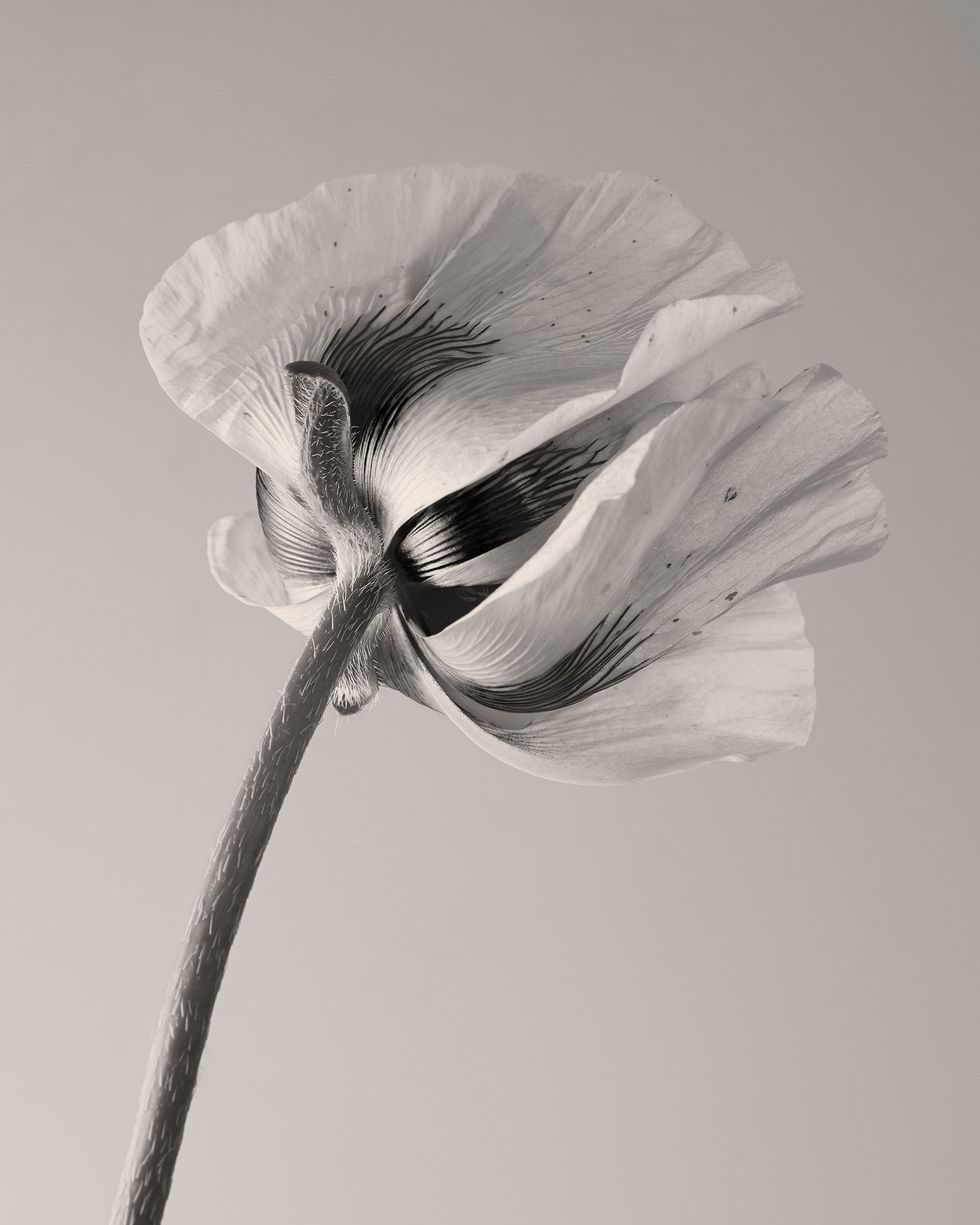
Tom Brannigan/ Trunk Archive
Rapid Fire Questions
What’s your guilty pleasure?
“Watching a cricket match, I can get completely absorbed for five days.”
Hidden talent?
“I’d like to think I’m not a bad cook.”
Irrational fear?
“Mimes and clowns, but I don’t think it's irrational!”
Desert island picks?
“Maybe pens and a sketchbook. so I could finally learn to draw!”
Best gift you ever received? Best gift you’ve given?
“Probably the best thing I’ve ever been given was my first camera—an old Pentax 35mm—pretty much changed the course of my life. The best thing I’ve given is the bean-to-cup coffee machine I bought my wife several years ago—civility breaks down in our house if we run out of beans or if it’s broken.”
The best mistake you’ve made?
“Quitting assisting and pushing myself to go out on my own and make my own work.”
Top 5 most-used emojis?
“”
The last movie, book, or song that made you cry?
“I just read A Prophet Song by Paul Lynch, it really stuck with me.”
Who is your dream collaborator?
“Tricky question. I’m so lucky to have worked with so amazing many different creatives; stylists, set designers, art directors etc. It’s very different from my work, but in another lifetime, I would have loved to have been one of the FSA documentary photographers working under Roy Stryker—that era really defined image-making for me, and showed me the potential power of the photograph.”
Best piece of advice you’ve ever received?
“Take your time.”
The collected works of Tom Brannigan are represented by Trunk Archive.
Want more stories like this?
The Various Stages of A Decaying Apple Inspired the Color Palette of Poor Things’ Costumes
Inside Stanglwirt Biohotel, Beloved By Jessica Alba and Obama
The Science of Jewelry Stacking: Deskside with Jennie Yoon of Kinn Studio




